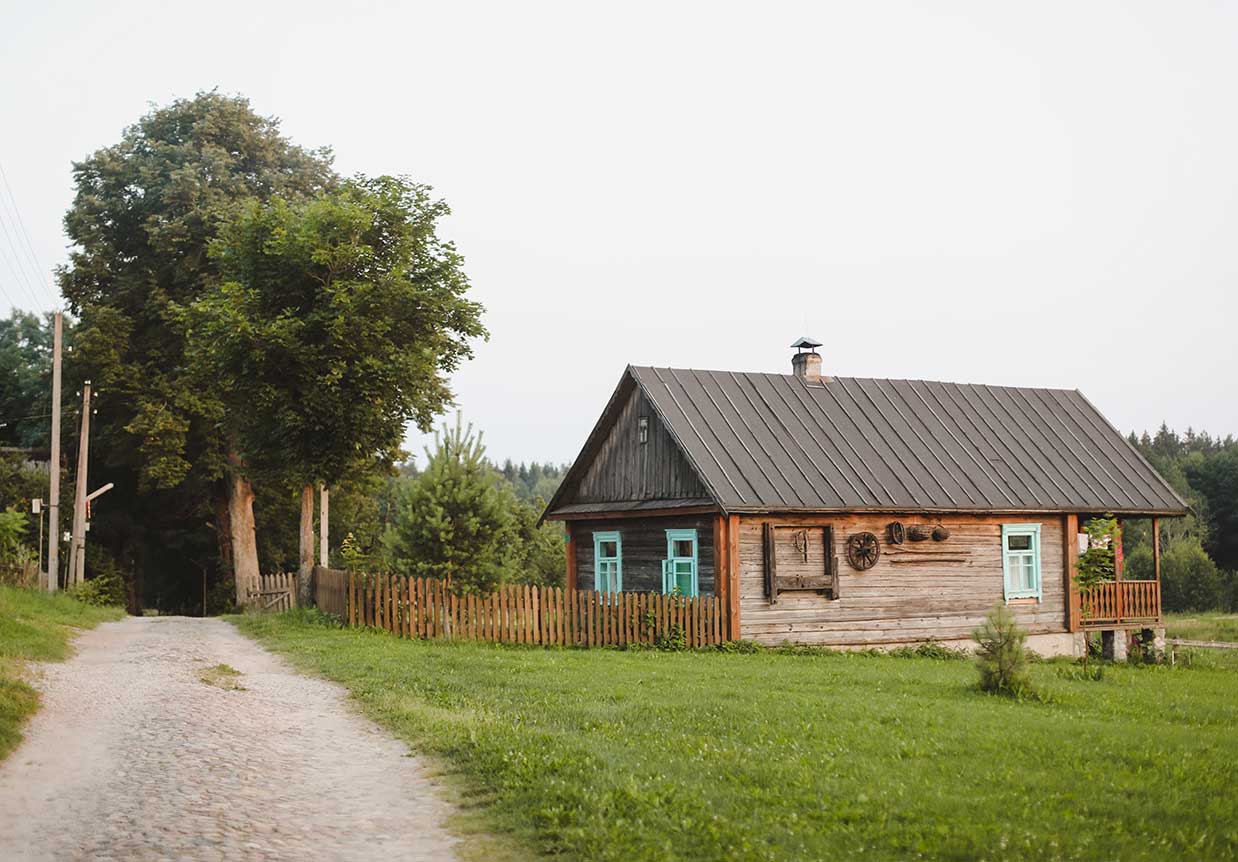
What is a USDA Home Loan?
The U.S. Department of Agriculture created the USDA Rural Development Guaranteed Housing Loan Program to revitalize and develop rural areas through low interest, zero down mortgages. Issued through the USDA, this loan is one of the least-known government-backed mortgage programs. While it’s more popular with first time homebuyers, it can also be used for current homeowners to move to a new area or primary residence.
USDA Loan Requirements
To be approved for a USDA loan, those applying must be a U.S. citizen or have proof of permanent residency, and meet the following eligibility requirements:
Income Eligibility
The adjusted household income is equal to or less than 115 percent of the area’s median income. As of 2019, income for a family of four or less must have an adjusted pre-tax annual household income of less than $82,000. However, some areas of significantly higher costs of living than the national average will have a higher income limit.
Home Qualifications
As this loan program was created to “improve the economy and quality of life in rural areas,” certain urban and suburban areas are not eligible. There are still terrific opportunities even just a few miles outside of many city borders. Also, the home must be the applicant’s primary residence.
Employment & Payment History
In addition to showing proof of stable income through paycheck stubs and federal tax returns, applicants must also show a “willingness to repay the mortgage”, which typically means no late payments or collections on the credit report for the 12 months prior to application.
Credit Score
While lenders vary in their requirements, borrowers typically must have a FICO score of at least 640.
Down Payment
USDA loans are zero down mortgages meaning there is no down payment necessary to purchase a home, and 100 percent of the purchase price can be financed.
Advantages of USDA Home Loans
If you’re ready to buy a home and would like to learn more about the benefits of USDA loans, speak with a licensed loan officer in your state who can discuss your loan options and help you find the path to Yes!
